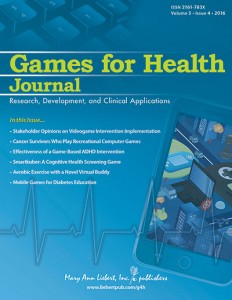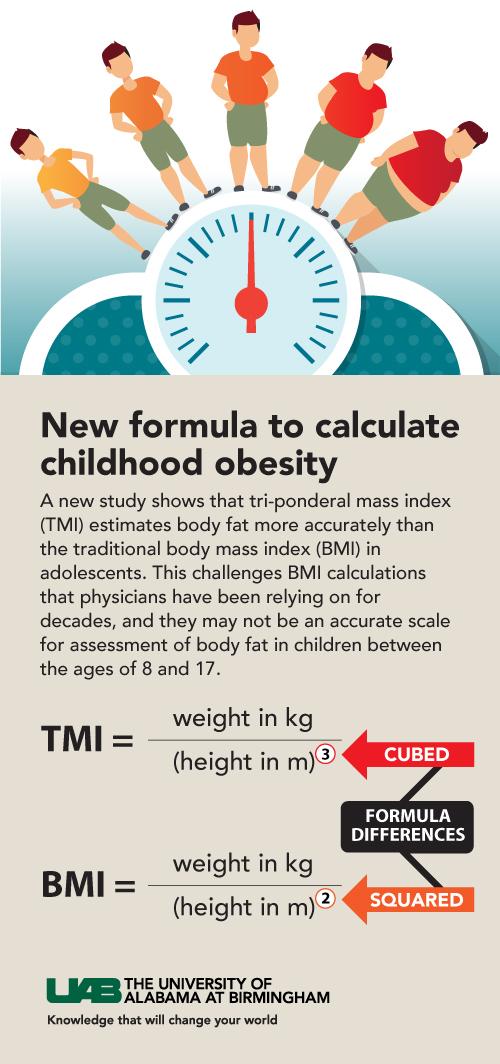A Professor of Pediatrics at Baylor College of Medicine called on researchers to conduct well-designed studies of active video games, like Pokemon Go, to assess the health effects of playing.

The combination of augmented reality technology, geocaching, and other novel techniques to create innovative active video games (AVGs) has potential personal and public health implications.
These implications are discussed in the Editorial “Pokémon Go, Go, Go, Gone?” published in Games for Health, a peer-reviewed publication from Mary Ann Liebert, Inc., publishers.
The article, Pokémon Go, Go, Go, Gone?, is available free on the Games for Health Journal website until September 19, 2016.
In the Editorial, Editor-in-Chief Tom Baranowski, PhD, Professor of Pediatrics, Baylor College of Medicine, Houston, TX, identifies many lessons that can be learned from the success of the popular AVG Pokémon Go.
In Pokémon Go, players can log hours of walking as they physically chase the animated Pokémon creatures based on video images displayed on their smart phones.
Continue Reading Below ↓↓↓
Dr. Baranowski encourages researchers to conduct well-designed studies to assess the health effects of AVGs.
Game developers could then use this information to create new games that would be both fun to play and promote beneficial physical activity.
According to Dr. Baranowski:
“Pokémon Go™ stimulated substantial amounts of physical activity in many likely-otherwise sedentary game players without intending to! We might call this stealth exergame programming, and we have a lot to learn about how to achieve this!”
Source/Credit: ©Mary Ann Liebert, Inc., publishers
Journal: Games for Health Journal










